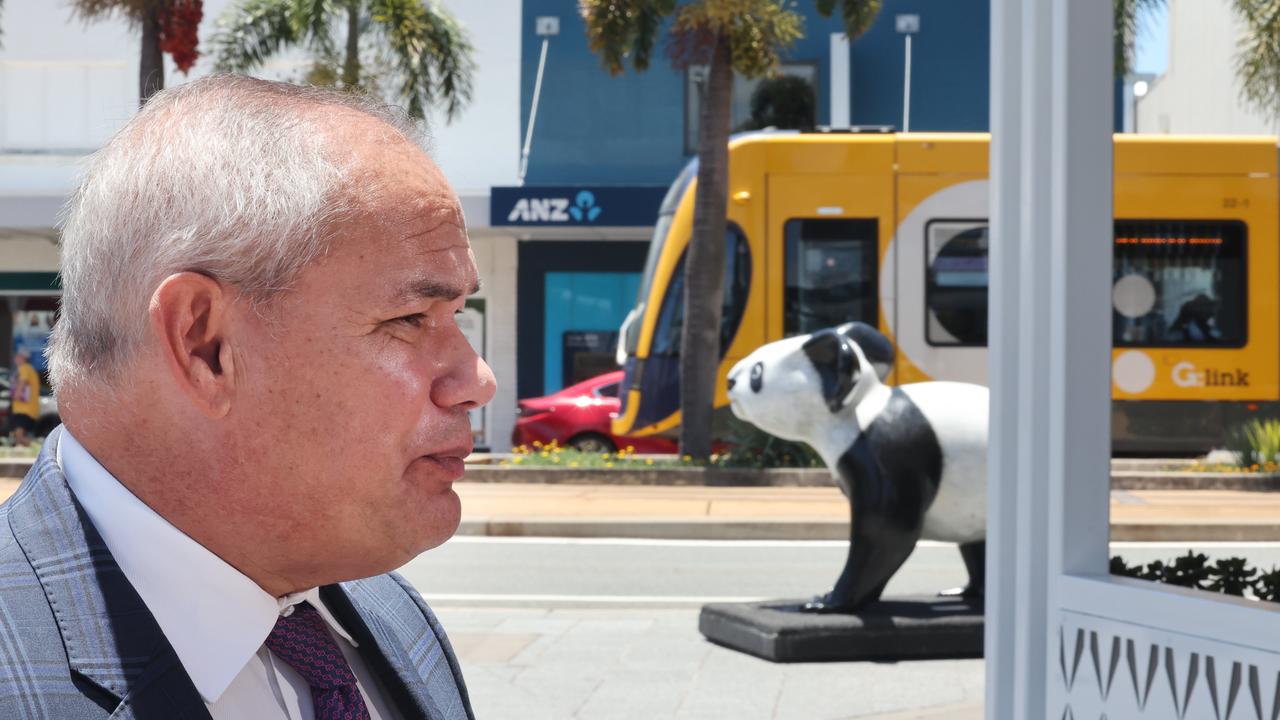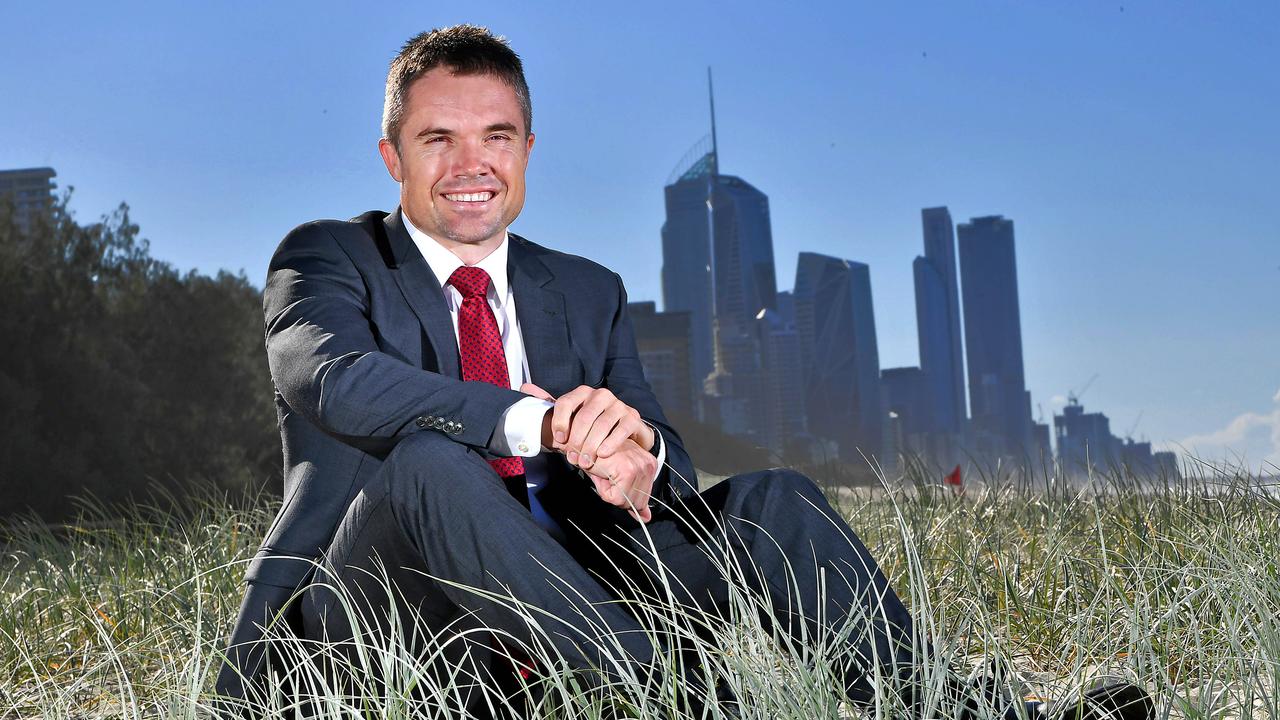Gold Coast deputy mayor Mark Hammel says delaying light rail stage four won’t stop growth
As the City’s Chair of Planning, I want to clear up some persistent misinformation: the idea that light rail is some kind of ‘trojan horse’ for overdevelopment. It’s simply not true.
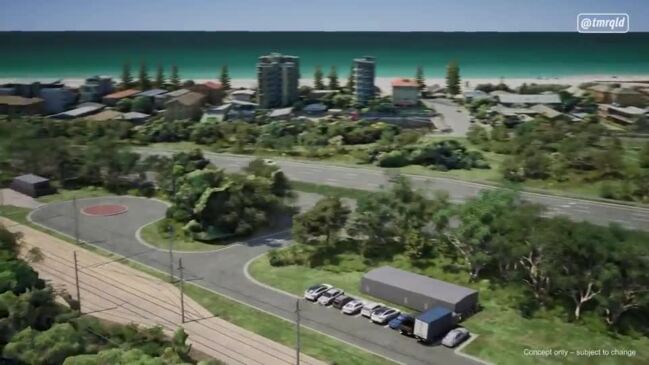
Gold Coast
Don't miss out on the headlines from Gold Coast. Followed categories will be added to My News.
As the City’s Chair of Planning, I want to clear up some persistent misinformation: the idea that light rail is some kind of ‘trojan horse’ for overdevelopment.
It’s simply not true. In fact, it’s the opposite. Light rail is doing exactly what it was always intended to do - deliver infrastructure and better public transport first, to support well-planned, sustainable growth.
I’ve been on the public record for many years saying infrastructure should come before
development. And while that hasn’t always been the case in our city’s history, it is what’s
happening now along the light rail corridor.
One of the strongest, most consistent messages we’ve heard from the community -
especially through City Plan consultation - is the need to invest in transport, water,
sewerage, communications and other services before new housing arrives. Gold Coast Light
Rail Stage 3 is a clear example of all levels of government working together to do just that.
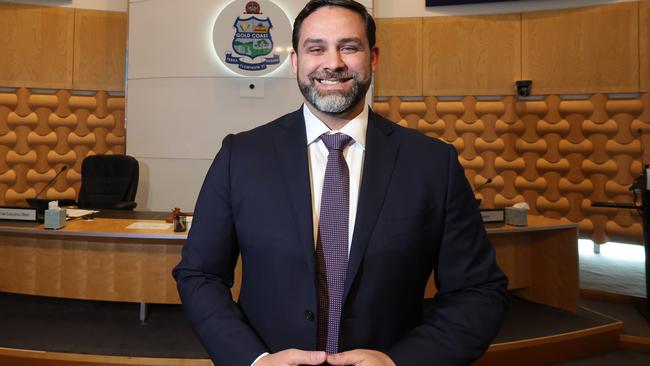
Yes, there’s short-term disruption. But it’s delivering the long-term benefits the community
has asked us for.
Yet there’s still a lingering belief that light rail is a hidden strategy for unchecked
development. I want to be clear: there’s no secret plan, no conspiracy. What we have is
transparent planning, based on long-term population forecasts and traffic modelling, and the
infrastructure being delivered to support our growing city.
Growth can be confronting - I understand that. My family has called the far northern Gold
Coast home for nearly 150 years, and I’ve seen firsthand the rapid change up there in recent
years. As Divisional Councillor for the north, I’ve experienced growth from that perspective
as well. But here’s the reality: people are coming. Growth is happening - whether we like it
or not.
Growth is not being driven by light rail or developers. It’s being driven by population growth.
The Gold Coast is expected to welcome over 300,000 new residents by the mid-2040s,
taking us to around one million people.
We can’t just “shut the gate” but we can plan for that growth - with early infrastructure and
well-located homes that protect what we all love about this city. That’s what the new City
Plan is all about: putting more people where there’s access to public transport, schools,
shops, hospitals, universities, parks and services.
We’re running out of greenfield land. But even if we weren’t, building outwards and
increasing urban sprawl means higher infrastructure costs for ratepayers, longer commutes,
more traffic - and a big hit to our lifestyle and environment.
As we near completion of Gold Coast Light Rail Stage 3 and look ahead to Stage 4, we’re
having an open, transparent conversation with the community about how to manage growth
and provide homes for those who need them.
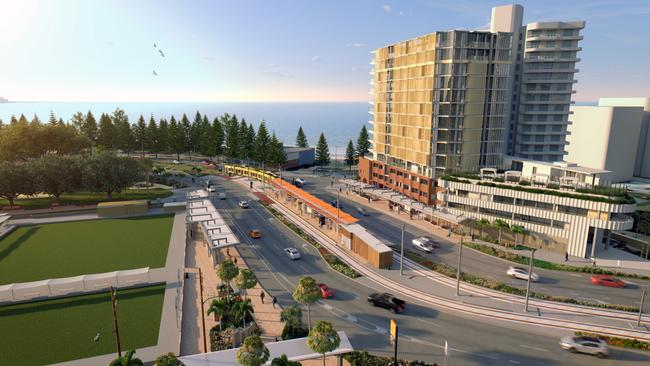
Let me be clear: delaying transport projects like light rail won’t stop growth. But smart public
transport helps us manage it sustainably - by guiding it to the right areas and delivering the
services that help us move more people around the city.
The planning challenges we are grappling with now aren’t unique to the Gold Coast. Across
Queensland, projects like Cross River Rail and Beenleigh line upgrades come with plans for
more housing around key corridors. It’s Town Planning 101 - how we connect people to
jobs, reduce congestion, and keep our cities liveable.
I also want to address another myth: that changes to the planning scheme won’t
automatically mean high-rises everywhere. Our Local Growth Management Strategy and
draft City Plan reflect strong support - especially among younger residents - for a mix of
housing types, like townhouses and duplexes, particularly west of the highway.

We’re also pushing hard for overdue east-west bus links - between Miami and Robina, and
Broadbeach and Nerang. Certainty and being able to lock in these connections will help us
integrate our bus and light and heavy rail networks, revitalise suburban centres, and spread
growth more evenly across the city - not just along the coast.
Some argue we should invest in heavy rail instead of light rail. That’s a valid discussion. But
it’s important to understand: any major corridor - whether heavy rail, light rail or rapid bus
- requires proper planning. They all trigger the same planning scheme changes because
growth is coming either way. It’s not about the transport mode - it’s about being ready.
Instead of fuelling fear or misinformation, I encourage everyone to engage in our City Plan
consultation. Whether you’re having your say online on our ‘GCHaveyoursay’ platform or
joining one of our community or industry reference groups - that’s where your voices can
have a real impact and shape the homes and neighbourhoods we want for the future.
The growth is real. It’s coming. Our job is to manage it wisely - with smart planning, upfront
infrastructure, and genuine community input to ensure the Gold Coast stays a city we’re
proud to call home.
More Coverage
Originally published as Gold Coast deputy mayor Mark Hammel says delaying light rail stage four won’t stop growth



